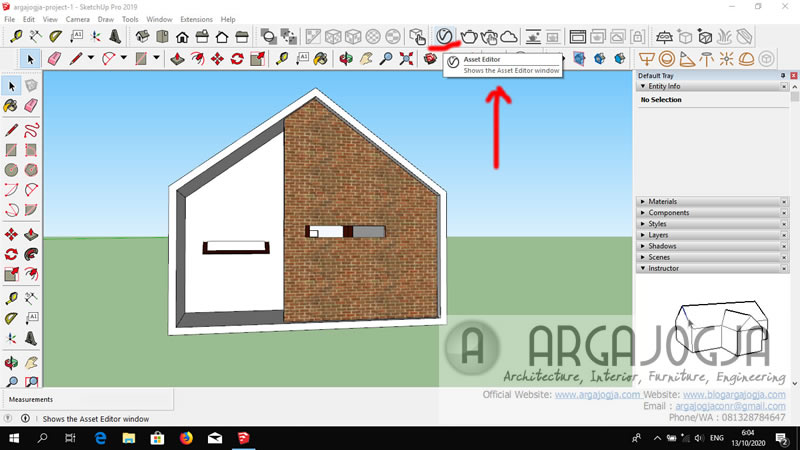


When I first used V-Ray for SketchUp, I was not encouraged to use pure Emissive Material to light up my model. In other rendering engines, they call this a “self-illuminating material” or in V-Ray Max it is equivalent to V-Ray Light Material. It also allows a plane, a face or an object applied with this material to turn into an actual light source. You will need a reasonable knowledge of SketchUp, rendering and the use of Photoshop for this tutorial.Įmissive Material is actually a special material layer of V-Ray for SketchUp used for producing self-illuminated surfaces. In this guide Nomer checks out Emissve materials to help light your SketchUp models. Nomer continues his great collection of lighting tutorials to help you get to grips with and simplify this often complex process, with some easy solutions to this often frustrating and confusing aspect to rendering. Also for additional help V-Ray for SketchUp User Manual Version 1.48. This is part 2 of the definitive guide to lighting with V-Ray for SketchUp by Nomer Adona. Lighting with V-Ray for SketchUp – definitive guide part 2


 0 kommentar(er)
0 kommentar(er)
